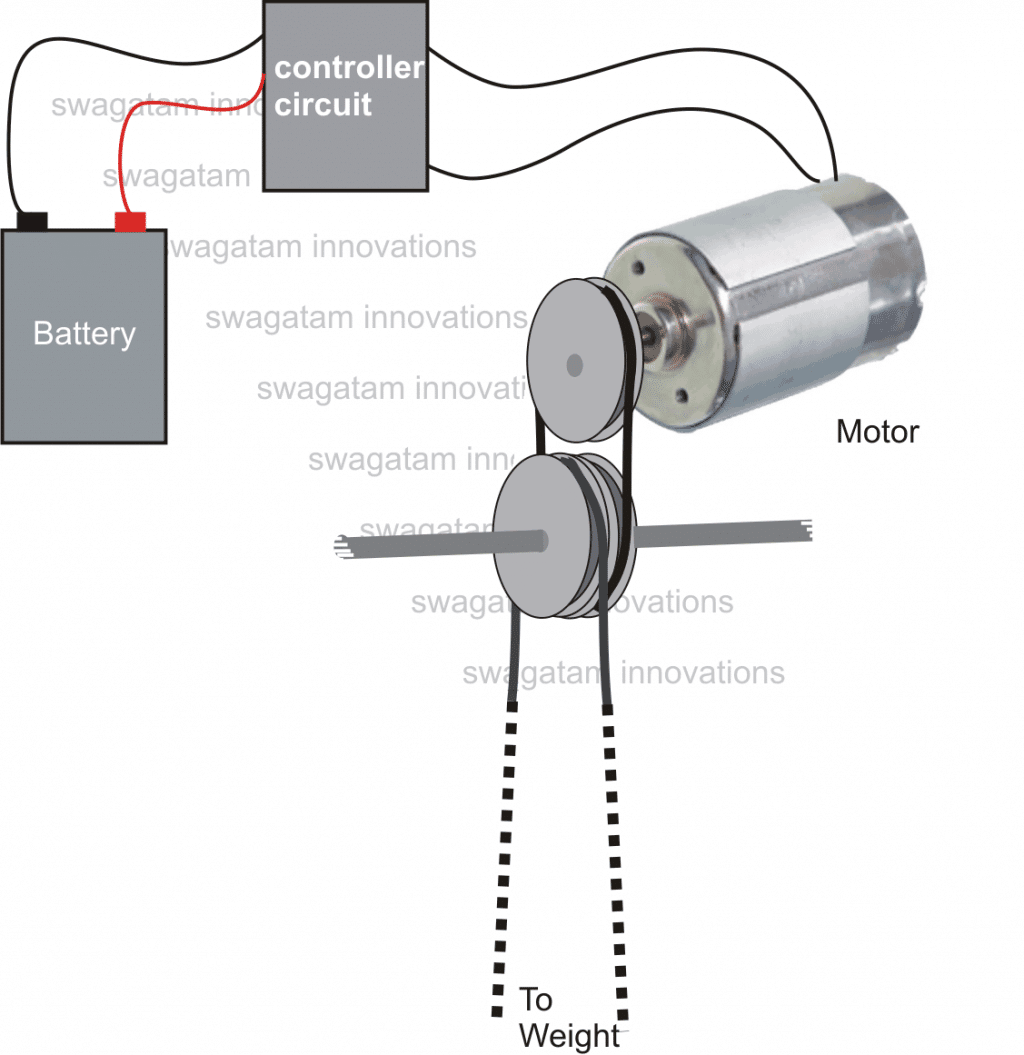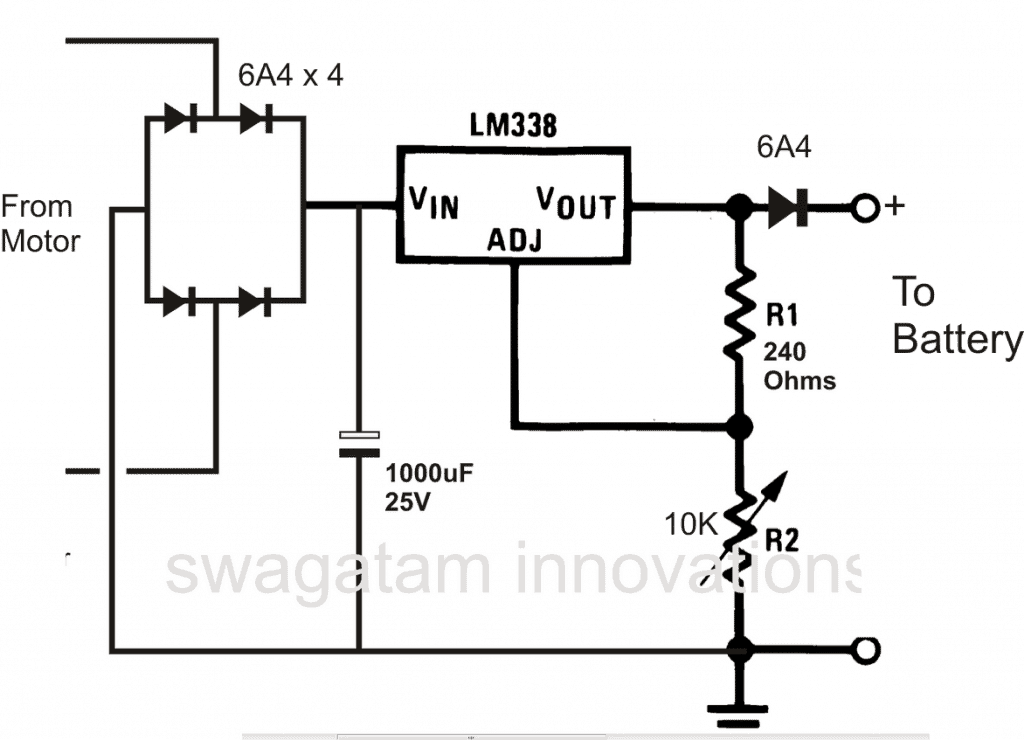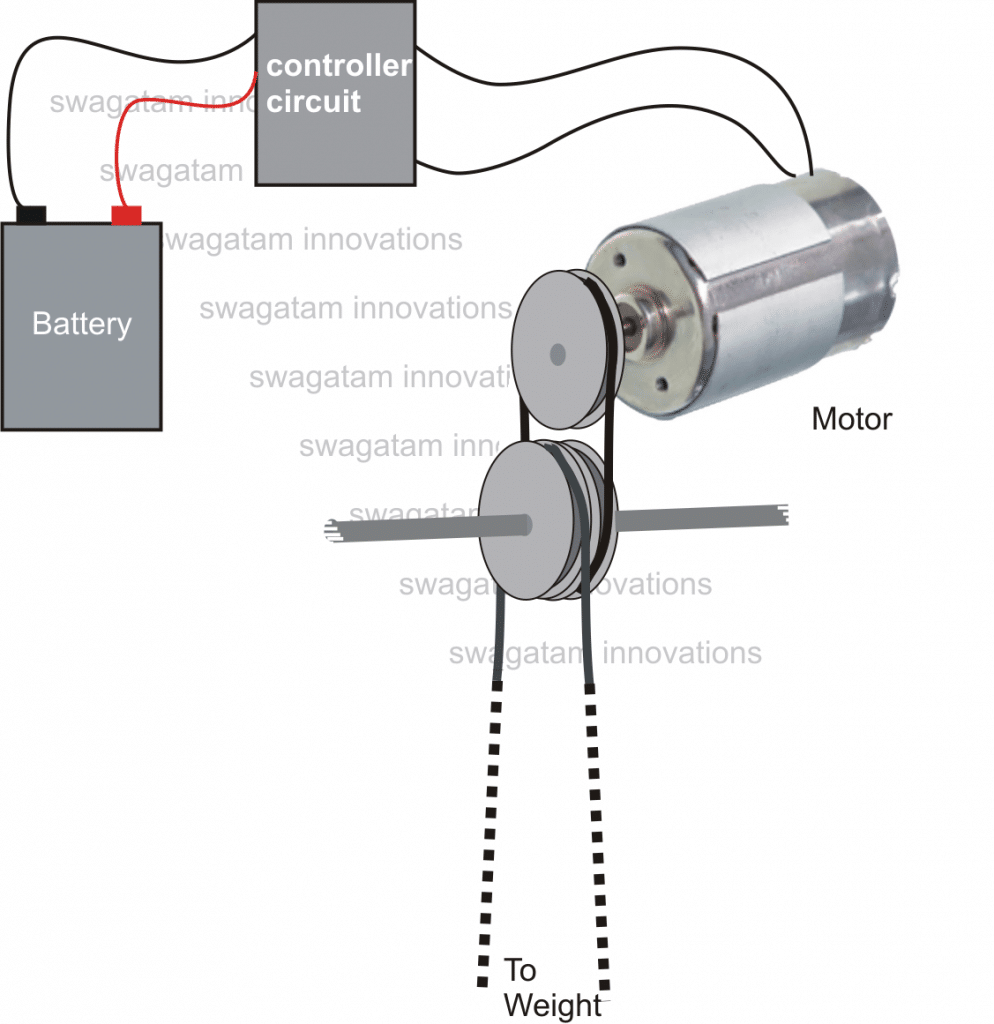In this article I have explained the circuit implementation of an interesting concept of converting physical energy into electricity. Here I have explained a simple method of converting or channelizing the wasted gym workout energy into useful electrical energy. The idea was requested by one of the keen members of this blog, let's know more:
Technical Specifications:
Hello sir,
I'm final year ECE student.
I'm willing to generate power to my college gym.
I have some idea related to that. so I need your some idea relate to that.
How can i make power through the weight related exercise machine? we can't use piezo electric crystal.
I need some idea. and one more thing I'll tell my procedure for that if any mistake arise correct me.
1.Generate AC power through generator
2.Gives to the rectifier
3.Save power in battery
4.Use inverter for commercial use.
The Design
Implementing the above concept is actually very straightforward as the input energy source is definite and consistent.
While working out in a gym, the participants are much eager to donate their physical power either to shed-of extra weight or for enhancing muscle growth. Therefore, anyway this power is meant for wasting which makes the concept much easier to achieve.
We all know that the most simplest way of converting a mechanical force into electricity is through a motor, or by using the force for spinning the motor and acquiring electricity from the output wires of the motor.
The above principle can be every effectively employed here as well.
All the weight training equipment in a gym which incorporate pulley/rope and suspended weight mechanism can be transformed into electricity generating machines.
As shown in the figure below, an arrangement may be fabricated where with an additional rope pulley mechanism a simple permanent magnet type motor can be integrated with the existing weight training machine.
When any member pulls and uses the machine while working out, the motor also gets rotated in accordance, in a push pull manner.
The above movement induces the required electromotive energy across the motor output wires which is appropriately processed inside the rectifier/controller circuit and finally delivered across the connected battery for charging it.
Another point may be witnessed here, with a discharged battery connected, the motor would be subjected to greater torque making the mechanism stiffer.
This would hopefully make the whole thing more challenging and enjoyable for our "body builders".
The motor pulley should be much smaller in size compared to the machine pulley, so that the rotation ratio favors maximum number of rotations over the motor pulley and helps to generate optimal power from the motor.

A simple charger/controller is shown below, which can be employed for this application too. The circuit utilizes the well known IC LM338.
The "push-pull" voltage from the motor, or the alternating voltage from the motor is first rectified by the four diodes, filtered by the capacitor and regulated to the desired battery voltage by the IC LM338 circuit.

